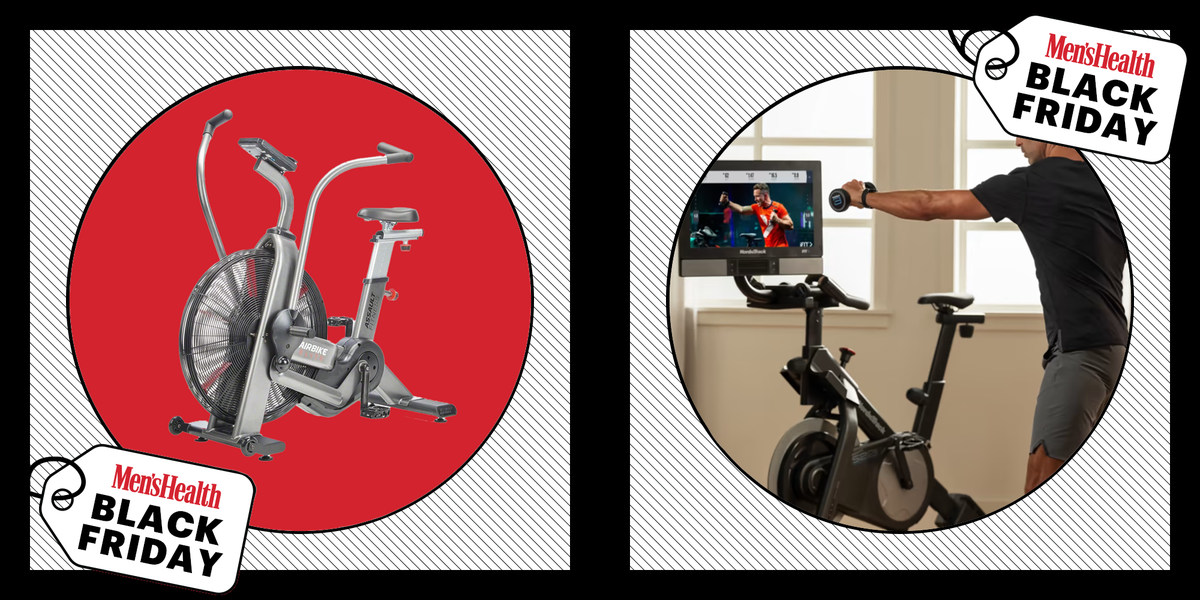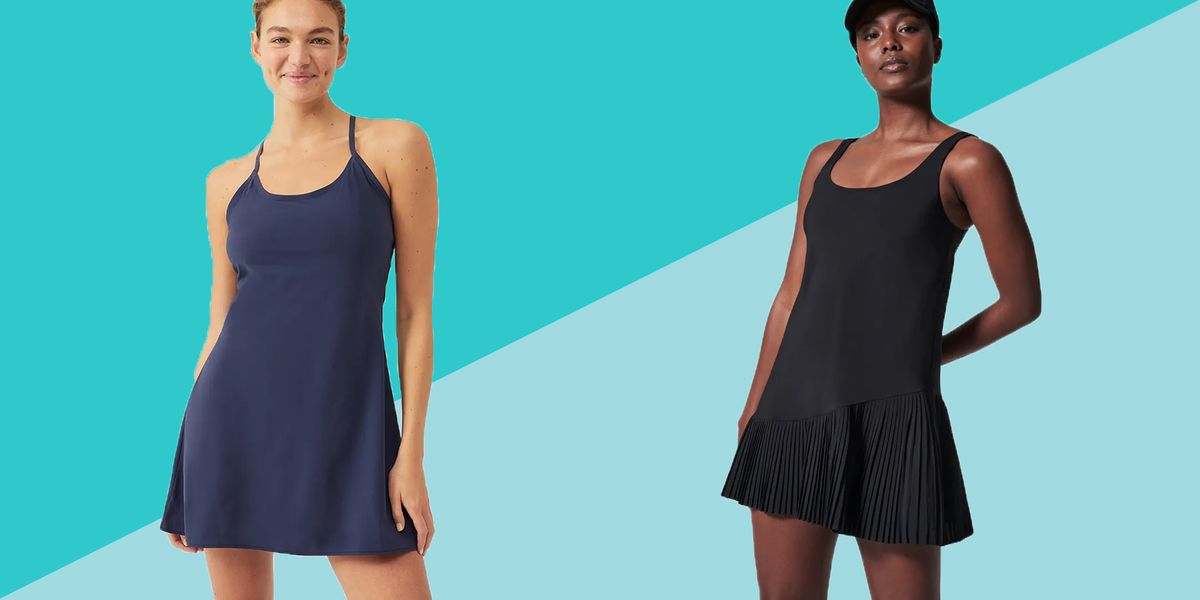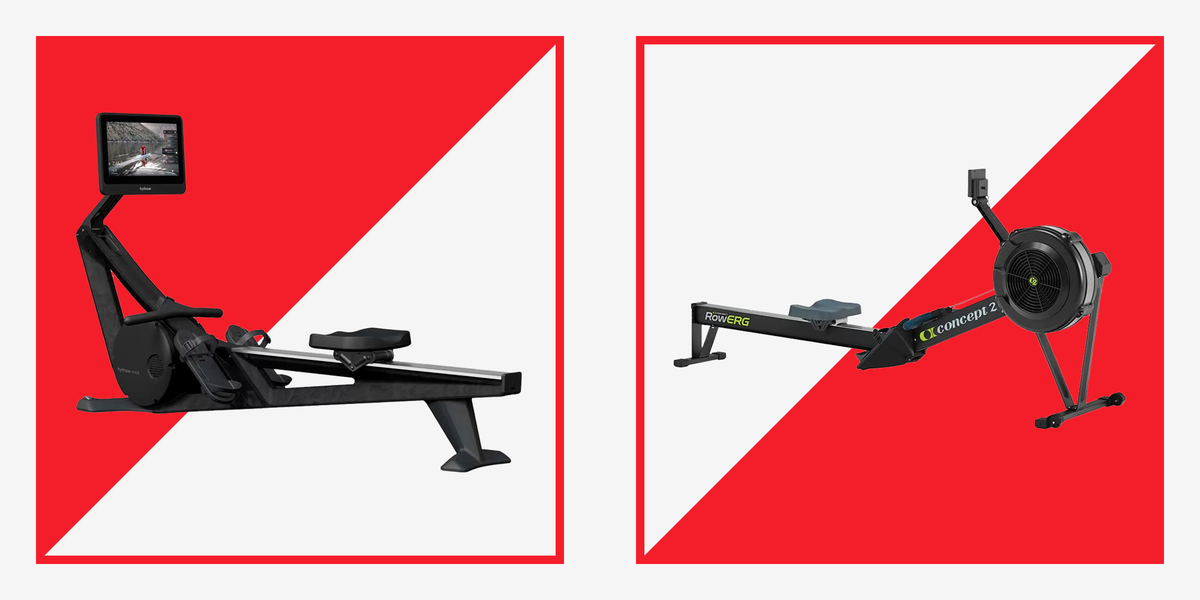MONDAY, May 20, 2024 (HealthDay News) — Some folks like to count their daily steps, while others prefer exercising for a certain amount of time during a day or a week.
Luckily, either approach boosts health, a new study finds.
Exercise targets based on either step count or minutes are equally associated with lower risks of premature death and heart disease, researchers report in the journal JAMA Internal Medicine.
Given this, personal preferences probably are key when setting up an exercise plan, researchers said.
“For some, especially for younger individuals, exercise may involve activities like tennis, soccer, walking, or jogging, all of which can be easily tracked with steps,” said lead author Dr. Rikuta Hamaya, a researcher with the Brigham and Women’s Hospital Division of Preventive Medicine in Boston.
“However, for others, it may consist of bike rides or swimming, where monitoring the duration of exercise is simpler,” Hamaya added in a hospital news release.
Current U.S. exercise guidelines focus on minutes – at least 150 minutes weekly of moderate to vigorous physical activity, or 75 minutes of vigorous activity.
But smartwatches have made it easier than ever to track step counts, raising the question of whether steps would be better suited for setting exercise goals, researchers said.
“We recognized that existing physical activity guidelines focus primarily on activity duration and intensity but lack step-based recommendations,” Hamaya said.
“With more people using smartwatches to measure their steps and overall health, we saw the importance of ascertaining how step-based measurements compare to time-based targets in their association with health outcomes – is one better than the other?” Hamaya added.
For this new study, researchers analyzed data from more than 14,000 women participating in the national Women’s Health Study.
Between 2011 and 2015, participants 62 and older were asked to wear motion trackers for seven days in a row to record their physical activity, only removing the devices for sleep or water-related activities, researchers said.
On average, the participants engaged in an average of 62 minutes of moderate-to-vigorous physical activity per week, and accumulated nearly 5,200 steps per day.
During an average follow-up of nine years, approximately 9% of participants died and 4% developed heart disease, results show.
The most active women had 30% to 40% lower risk of death or heart disease, regardless of whether minutes or steps were counted, researchers found.
Further, women whose physical activity levels fell within the top three-quarters outlived those in the bottom quarter by an average of 2.2 months based on minutes and 2.3 months based on steps.
The survival advantage persisted regardless of differences in body-mass index, researchers noted.
Either steps or minutes have advantages and disadvantages when it comes to tracking exercise goals, Hamaya said.
Step counts can differ significantly between a 20-year-old and an 80-year-old who walk for 30 minutes at moderate intensity, Hamaya noted.
On the other hand, steps are straightforward to measure and less subject to interpretation compared to time-based exercise intensity, researchers said.
Steps also capture the physical activity contained in everyday living, not just the time spent in exercise. That’s the type of activity most common among older folks, researchers said.
“That’s why it’s important for physical activity guidelines to offer multiple ways to reach goals,” Hamaya said. “Movement looks different for everyone, and nearly all forms of movement are beneficial to our health.”
More information
The U.S. Department of Health and Human Services has more on physical activity guidelines for Americans.
SOURCE: Brigham and Women’s Hospital, news release, May 20, 2024














































